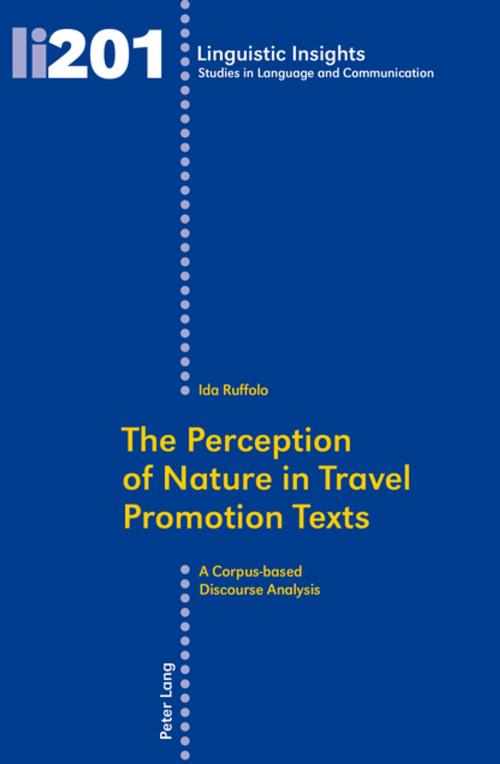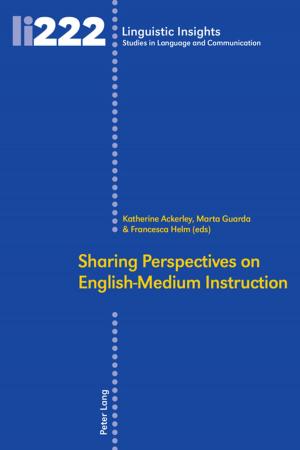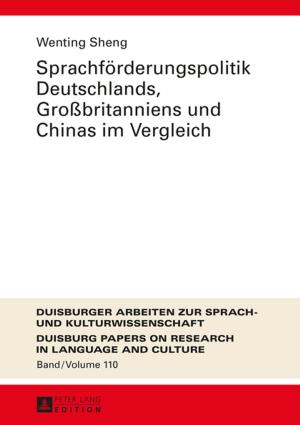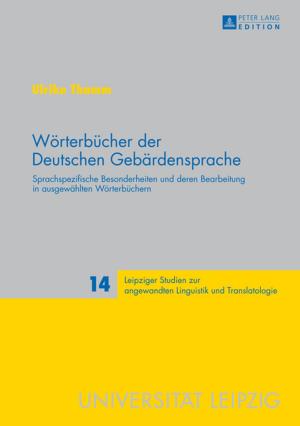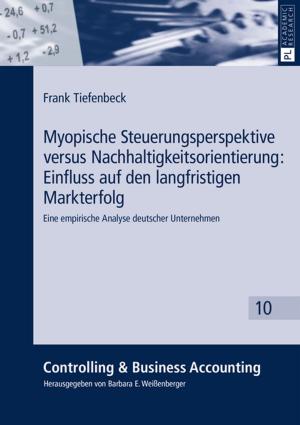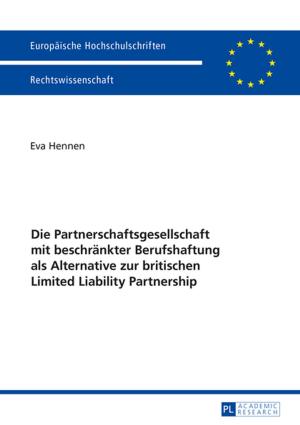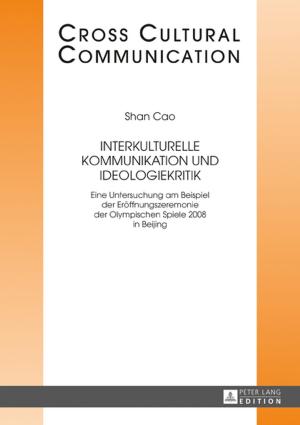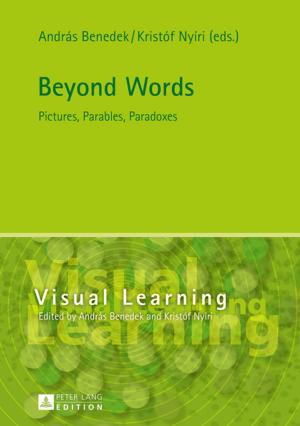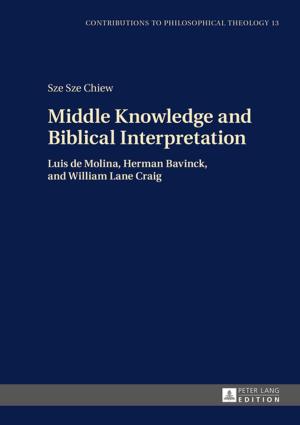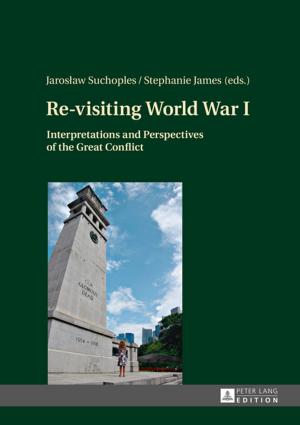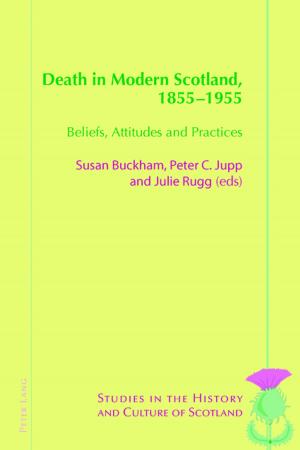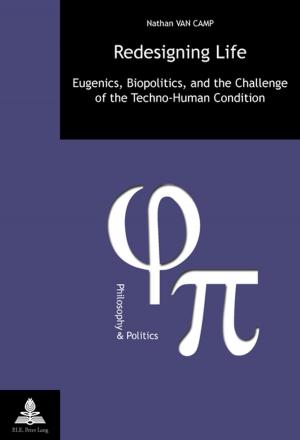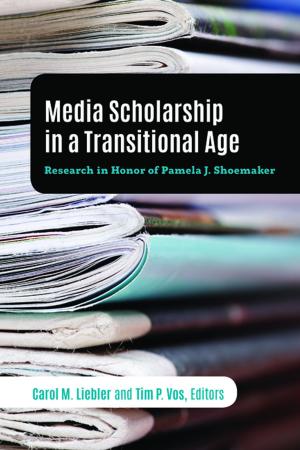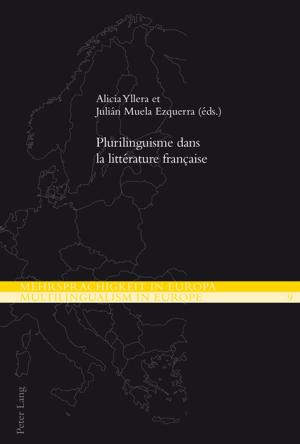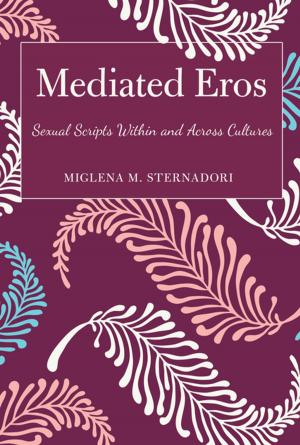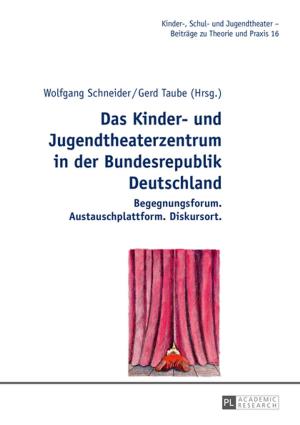The Perception of Nature in Travel Promotion Texts
A Corpus-based Discourse Analysis
Nonfiction, Reference & Language, Language Arts, Public Speaking, Study Aids, ESL, Foreign Languages| Author: | Ida Ruffolo | ISBN: | 9783035195934 |
| Publisher: | Peter Lang | Publication: | November 25, 2014 |
| Imprint: | Peter Lang AG, Internationaler Verlag der Wissenschaften | Language: | English |
| Author: | Ida Ruffolo |
| ISBN: | 9783035195934 |
| Publisher: | Peter Lang |
| Publication: | November 25, 2014 |
| Imprint: | Peter Lang AG, Internationaler Verlag der Wissenschaften |
| Language: | English |
Given the consolidated effects of the greening process on the tourism industry, this volume investigates the relationship between three areas of research – the natural environment, tourism and discourse –, and how this relationship is affected by and affects society as a whole. In particular, the book highlights the central role of language in constructing eco-friendly tourist sites. Since the images associated to nature are various, this study examines the uses of nature and explores how the terms nature and natural are constructed within the texts. The research identifies how nature is linguistically defined and constructed by advertisers in travel promotion texts in order to attract potential ‘green’ tourists. The study also analyses the promotion of protected areas to verify the extent to which these areas meet the criteria on sustainable tourism set by the World Tourism Organization.
By adopting a corpus-based discourse analysis perspective which combines both qualitative and quantitative approaches, the book unravels the complex interrelationship between the environment, tourism and advertising.
Given the consolidated effects of the greening process on the tourism industry, this volume investigates the relationship between three areas of research – the natural environment, tourism and discourse –, and how this relationship is affected by and affects society as a whole. In particular, the book highlights the central role of language in constructing eco-friendly tourist sites. Since the images associated to nature are various, this study examines the uses of nature and explores how the terms nature and natural are constructed within the texts. The research identifies how nature is linguistically defined and constructed by advertisers in travel promotion texts in order to attract potential ‘green’ tourists. The study also analyses the promotion of protected areas to verify the extent to which these areas meet the criteria on sustainable tourism set by the World Tourism Organization.
By adopting a corpus-based discourse analysis perspective which combines both qualitative and quantitative approaches, the book unravels the complex interrelationship between the environment, tourism and advertising.
